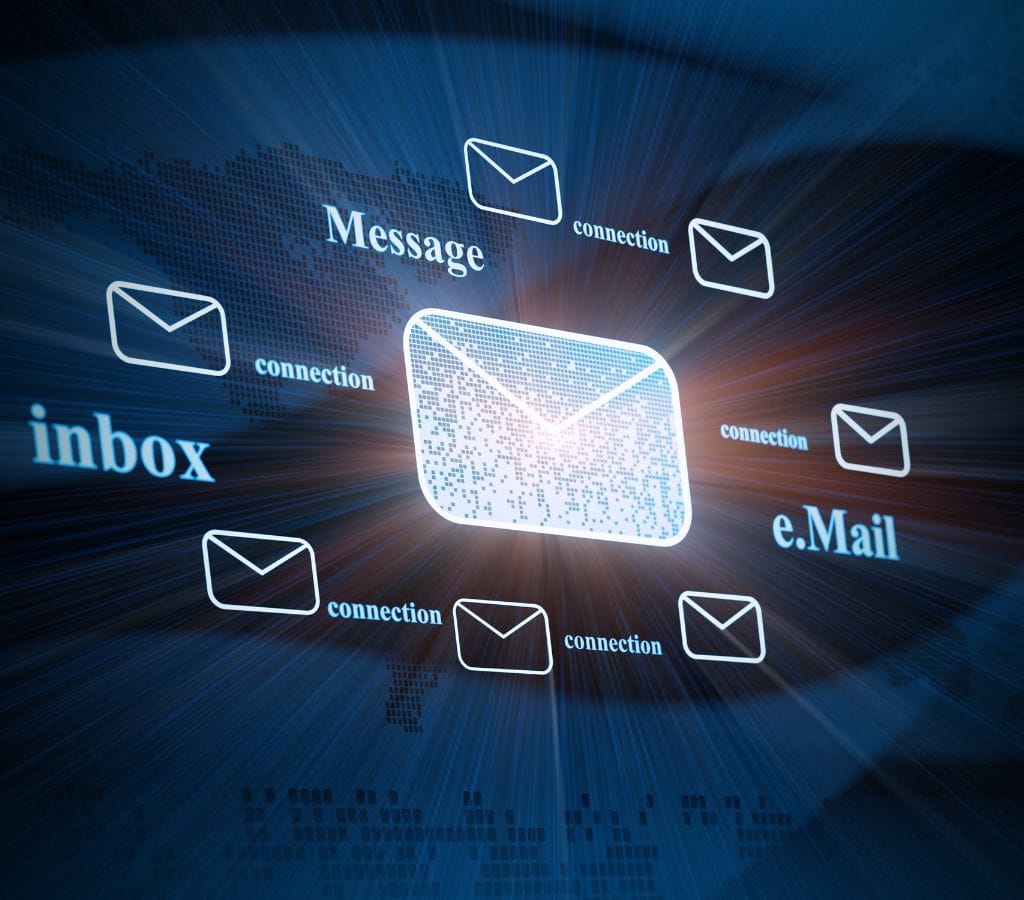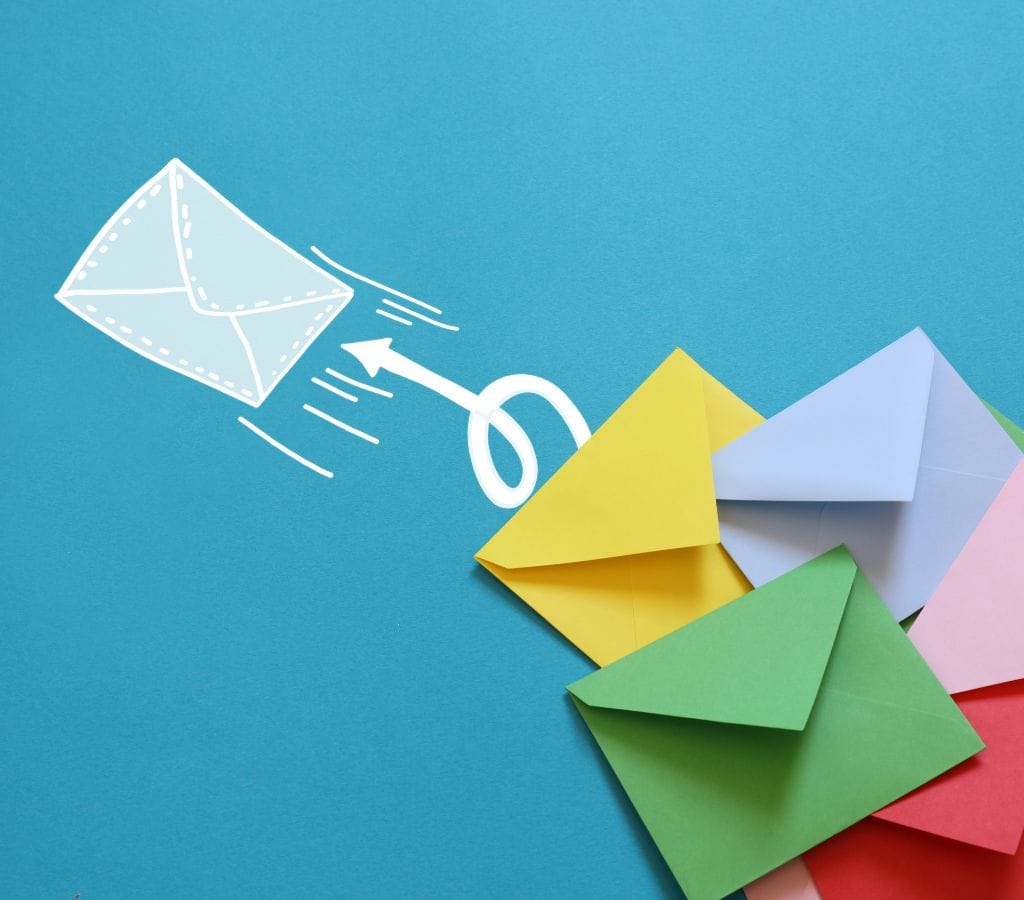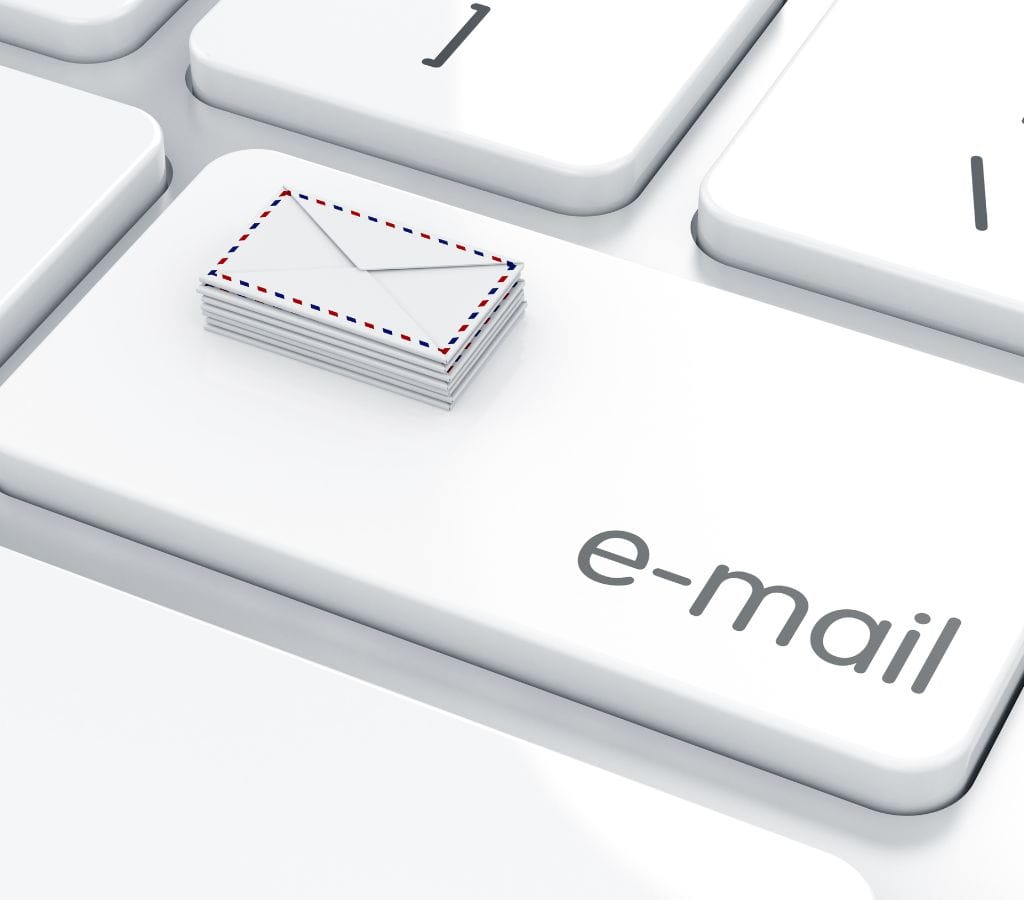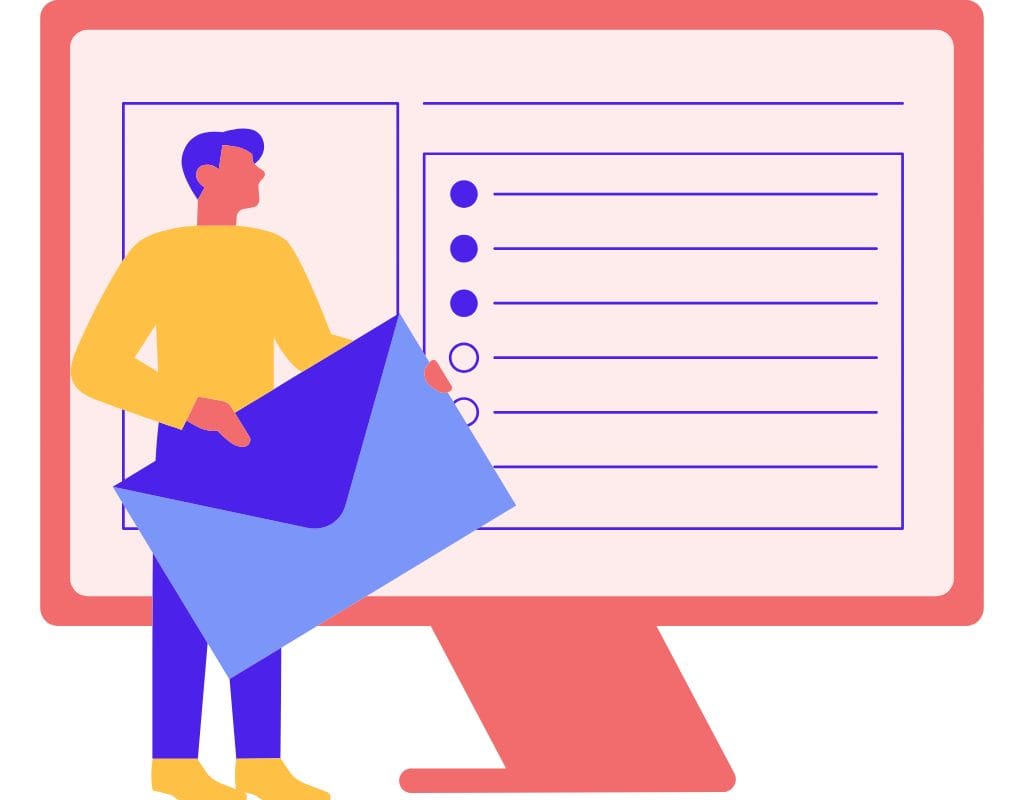Email is now an important part of both our personal and work lives. Emails are how we send important papers, messages, and news. But have you ever sent an email that got stuck in a queue? Many find "email queuing" bothersome and confusing. The blog post will explain email queuing. We'll examine why emails become queued, how to locate and fix them, and how to prevent them. You must understand the email queue to ensure seamless communication and fast delivery. Join me as I discover cached emails and how to process them swiftly.
What is an Email Queue?
Email queuing occurs when an email is temporarily held in a queue before being sent. It is a way for email servers to control and organize messages coming in and going out.
When you click "send" on your email program, the message usually goes through several servers and networks before it gets to the recipient's mailbox. The email may run into delays or problems along the way, which will cause it to be held up.
Understanding the basics of email queuing is important because it helps us grasp the complexity of email delivery and debugging. This part will talk about the basics of email queue, such as how it works and why it's important for sending emails quickly.
How does the Email Queue Work?
Email queuing ensures timely and reliable message delivery in the background. Let's take a closer look at the typical process:
- The Email Sender: When you write and send an email, it first goes to your outgoing mail server (SMTP server). This server is where the email is sent, and it all starts here.
- Processing By the Outgoing Mail Server: The outgoing mail server checks the sender's details, looks for any problems with the email, and figures out the best way to deliver it.
- Sending the Email: The outbound mail server sends it to the right person based on their domain. It could go through several sites and networks in between, such as email gateways, internet service providers (ISPs), and local mail transfer agents (MTAs).
- Temporary Storage In the Queue: The routing process puts the email in a queue for a short time if there are any delays or problems. This queue is like a buffer that helps the computers handle emails coming in and going out quickly.
- Delivery Attempts: When the email gets to the recipient's mail server, it tries to get to the recipient's account. If delivery goes well, the system removes the email from the queue and forwards it to the recipient. However, the system may resend or return the email to the sender if delivery fails.
Why Email Queue is Important?
An email queue is an important part of ensuring that messages get delivered quickly and reliably. Here are some important reasons why email queue is important:
- Load Management: Servers can send and receive emails while keeping their resources from getting too busy by putting them in a queue. This helps keep the server running smoothly and stops system crashes and slowdowns.
- Handling Errors: Email queue lets servers find and fix any mistakes or problems during delivery. It gives you a chance to try delivery again, fix connection issues, or deal with any other problems that might come up.
- Prioritization: Queuing lets servers decide which emails to deliver first based on things such as the sender's image, the recipient's preferences, or the message's urgency. This keeps important emails from being lost in the inbox.
- Network Resilience: The email queue makes it possible to keep working even when the network goes down. During a brief network interruption, emails can be retained until the connection is restored. As a result, messages will not be lost this way.

Why Emails Get Queued?
Having an email "queued" means it will take longer to get to the receiver because of some issues. In order to figure out what's wrong and fix it, you need to know why emails get pushed to the bottom of the queue. This part will talk about some of the most common reasons emails take so long to get to their recipients, such as an overloaded server, issues with internet connection, email provider-imposed sending limits, and problems with the recipient's mail server.
Email Server Overload
Inbound mail servers that are too busy are a big reason emails take too long to get through. This could happen because of too many emails too quickly, not enough resources, or a tech issue with the computer. If a server is too busy, it might handle some emails first and put others in a queue until the number of emails on the server drops.
Internet Connectivity Issues
Another thing that can cause email to pile up is having trouble getting to the internet. If there are issues or breaks in the network link between the sender's and recipient's mail servers, the connection will hold emails until it is fixed. A full network, broken hardware, or repair work can cause this kind of connectivity trouble.
Email Provider's Sending Limitations
Your email service provider may limit the number of emails you can send in a certain amount of time. They put these limits on sending in place to stop spam and other bad things from happening. The email service may put the extra emails in a queue and release them slowly if the sender exceeds these limits. As a result, all resources are used equally.
Issues with the Recipient's Mail Server
If there are problems with the recipient's mail system, emails may get held up. The recipient's company might have put in place security steps, or the email needs fixing. So, the email recipient may not be able to see new emails until we fix the issues and things return to normal.
Knowing why emails get held up helps us determine what might be holding up delivery. We will talk about quickly fixing the problem by finding emails in a queue.

How to Identify Queued Emails?
To keep track of your email delivery and figure out what to do about any problems, you need to be able to find emails in a list. Here are some different ways and signs to help you determine if your email is in the queue.
Signs in the Email Client App
- Outbox or Sent folder: Check your email client's outbox or sent folder. Your email may be queued if it's still in the outbox or sent folder.
- Title or Progress Bar: Some email apps have a title or progress bar that shows how far along the delivery of an email is. Your email is in the queue if the progress meter shows it is still being sent or stuck.
- Error Messages: Read and pay attention to any messages or alerts your email app gives you. If the server is slow or you're having trouble getting to the network, these messages might help you figure out why the email is in a queue state.
The Server's Logs and Notifications
- Server Logs: If you can get to the message logs, you can check them to see any signs of a queue. Look for things related to the email, like timestamps, error codes, or failed delivery tries. These logs tell you a lot about how the email is doing.
- Delivery notifications: Some email services or companies send a "bounce-back" message to inform the sender when the email has been delivered. These alerts tell you if the email was sent, bounced, or had other delivery issues.
Recipient Feedback
- Confirmation From the Recipient: Contact the person and ask if they got the email. The email might have gotten stuck in a queue or took longer than planned to get to the person who said they got it.
- Delayed Reply or Action: If the email's subject line asks for a reaction or action from the recipient and you haven't heard back from them in a reasonable amount of time, it could mean that the email is still in the queue.
Using these tips and tricks, you can tell if your email is in a queue and find out why it might take so long. Next, we'll discuss ways to clean your account and ensure your emails are sent.

How to Fix Queued Emails?
You can't send emails and have a productive conversation until the queue issue is clear. In this part, we'll talk about different steps and plans you can use to handle and fix your opened emails.
Improving Internet Connectivity
- Check Your Internet Connection: Make sure your connection to the internet is strong and stable. You should ask your internet service provider (ISP) for help if you can't connect.
- Restart Your Network Devices: If you're having trouble connecting, restarting your modem, router, or other network devices can help. This can also help email work better.
Managing Email Traffic
- Reduce Email Attachments: Adding big files to emails can shorten the queue time. You could change the size of groups or share files by storing them in the cloud.
- Prioritize and Manage Outgoing Emails: Sort your emails by their importance or urgency if you're writing many. If you send emails in smaller groups instead of all at once, the email service might not get too busy, and reduce the chances of queuing.
Contacting Your Email Provider
- Follow Your Email Provider's Instructions: Check the help or knowledge base for your email provider for detailed advice or troubleshooting steps about emails that are in a queue.
- Talk to Customer Service: If you can't figure out how to fix the emails stuck in the queue, call customer service at the email provider. They can fix what's wrong with your email.
Communicating with Recipient
- Tell the Recipient: Tell the recipient that the email is in a queue and taking too long to arrive. Give them information about what's going on and other ways to get it if they need it.
- Request Recipient's Assistance: People you want to email should look for the message in their inbox, including any trash or junk folders. For their email to get through, they may need to add your address to a "whitelist" or change how they set it up.
You'll be more likely to get emails in a queue and send them quickly and correctly if you do these things. Next, we'll talk about what you can do ahead of time to make sure that email lines don't happen again.

How to Prevent Email Queue?
Stopping email queuing can help ensure the system sends your messages quickly and easily. This part will talk about smart things you can do to ensure email queueing doesn't happen again.
Scheduled Sending
- Delay Delivery: If you want to send emails later, you can use your email client's "delay delivery" feature. So that the person who gets the email doesn't have to deal with too many at once, this can help spread them out.
- Off-peak Hours: When there isn't as much email traffic, send answers at off-peak times. This can help your emails get through faster when the computer is busy.
Maintaining Email Server Health
- Regular Server Maintenance: Do regular maintenance on your email server to ensure it works at its best. There are changes to security, software updates, and checks on how well servers are working as part of this.
- Monitoring Server Resources: It is important to monitor your email server's memory, CPU, and storage as it works. It's important to ensure your computer can handle new and old emails without getting too busy.
Know Your Email Provider's Limits
- Know Sending Limits: Find out how much your email service will let you send. Find out how much your email service will let you do. Such limits could be the largest file size, the number of emails you can send daily, or the most people who can receive an email simultaneously.
- Avoid Spam-like Behaviour: Follow best practices to prevent the system from flagging your emails as spam. This means that your subject lines should be clear and relevant, that you shouldn't use too many files, and that the content of your emails should follow anti-spam rules.
Monitoring Email Delivery
- Use Email Tracking Tools: There are tools and services to track and evaluate email delivery. These tools can tell you whether an email is late so you can act quickly.
- Check Delivery Reports: Your email service provider will occasionally send you delivery records. These reports can teach you a lot about how your emails get delivered, such as whether there are any problems with the queue.
In conclusion, an email queue is a normal part of email communication. By discovering what delays emails, fixing the problem, and stopping it, emails can be sent faster and more reliably. Stick to best practices and stay up to date to improve how we talk to each other and get the most out of email as a talking tool.

